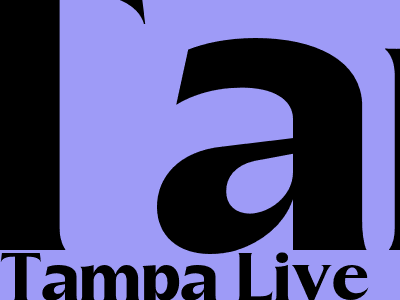
SEO Optimization for Blogs
A Comprehensive Guide to Boosting Your Blog's Visibility and Traffic
Introduction
In today's competitive online landscape, search engine optimization (SEO) is crucial for blogs to gain visibility and attract organic traffic. SEO involves optimizing your blog's content, structure, and technical aspects to improve its ranking in search engine results pages (SERPs). By implementing effective SEO strategies, bloggers can increase their blog's discoverability, drive more traffic, and establish themselves as thought leaders in their industry.
Optimizing Blog Content for SEO
Keyword Research: Identify relevant keywords that your target audience is searching for. Use keyword research tools to find keywords with high search volume and low competition.
Compelling Headlines: Craft attention-grabbing headlines that incorporate your target keyword. Ensure your headlines are informative, concise, and compelling enough to encourage clicks.
High-Quality Content: Create valuable, well-written content that provides in-depth information on topics relevant to your audience. Ensure your content is original, engaging, and provides actionable insights.
Structured Content: Organize your content using headings, subheadings, and bullet points to improve readability and make it easier for search engines to understand your content.
Image Optimization: Optimize images by using descriptive file names, alt tags, and captions. This helps search engines index your images and improve your blog's visual appeal.
Technical SEO for Blogs
Website Speed: Ensure your blog loads quickly on all devices. Use tools like Google PageSpeed Insights to identify and address any performance issues.
Mobile Optimization: Optimize your blog for mobile devices, ensuring it is responsive and easy to navigate on smartphones and tablets.
URL Structure: Use descriptive and keyword-rich URLs that accurately reflect the content of your blog posts. Avoid using long, complex URLs.
XML Sitemap: Create an XML sitemap to help search engines discover and index all the pages on your blog. Submit your sitemap to Google Search Console.
Link Building and Promotion
Internal Linking: Link relevant blog posts together to create a cohesive user experience and improve your blog's internal linking structure.
External Linking: Cite reputable sources and link to external websites to build credibility and demonstrate expertise.
Social Media Promotion: Share your blog posts on social media platforms to increase their reach and engagement.
Guest Posting: Guest post on other blogs in your industry to gain backlinks, establish yourself as an expert, and reach a wider audience.
Measuring and Analyzing SEO Results
Google Analytics: Track key metrics such as traffic, bounce rate, and conversion rates using Google Analytics to measure the effectiveness of your SEO efforts.
Google Search Console: Use Google Search Console to monitor your blog's visibility in search results, identify technical issues, and optimize your content.
Conclusion
Optimizing your blog for SEO is an ongoing process that requires consistent effort and monitoring. By implementing the strategies outlined in this guide, you can improve your blog's visibility, attract more organic traffic, and establish yourself as a trusted source of information in your industry. Remember to stay updated on the latest SEO trends and best practices to ensure your blog remains competitive in the ever-evolving digital landscape.